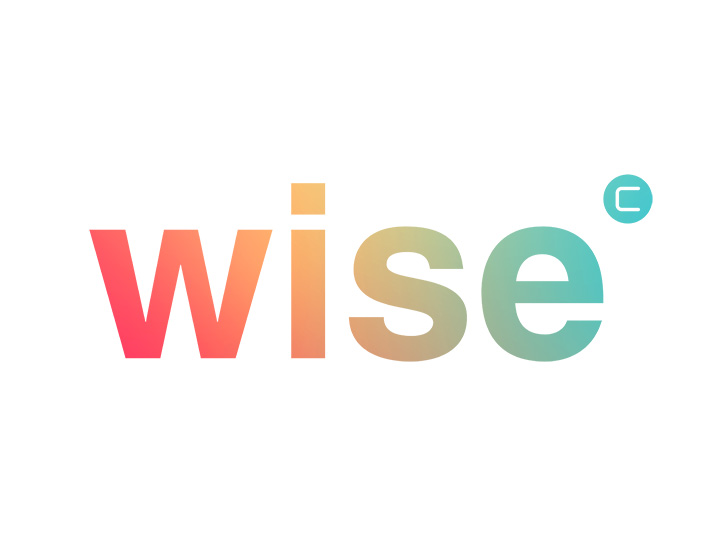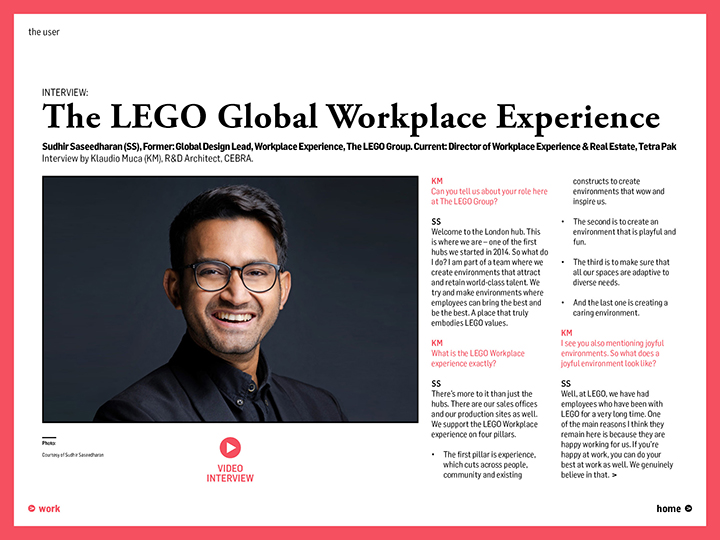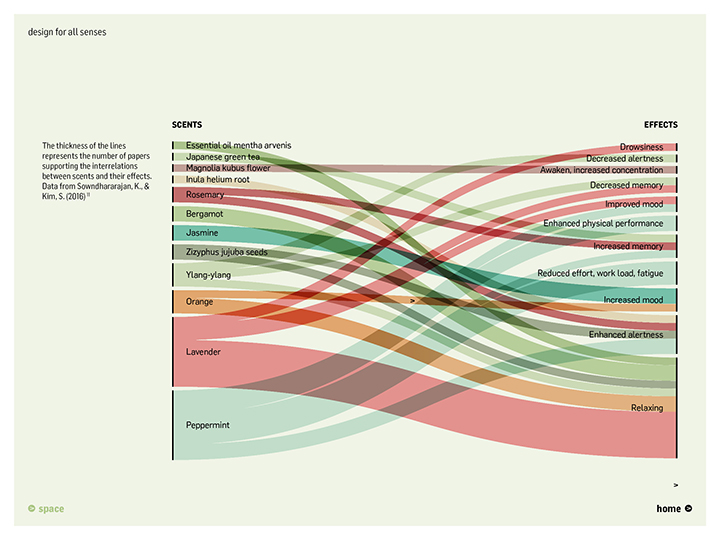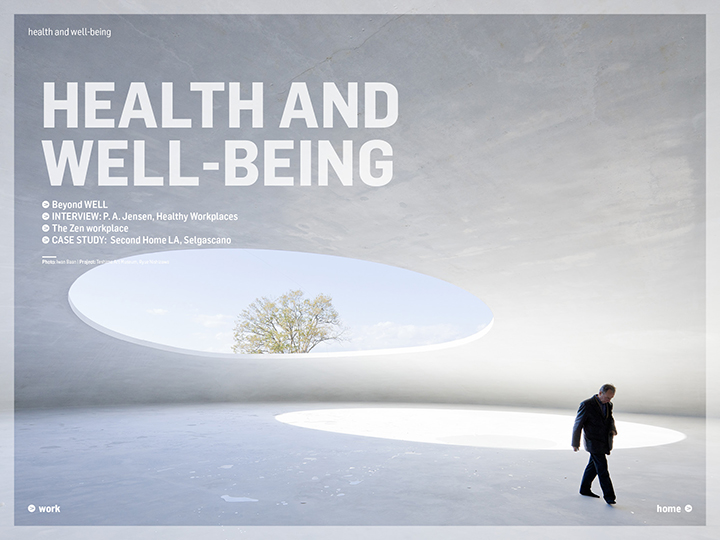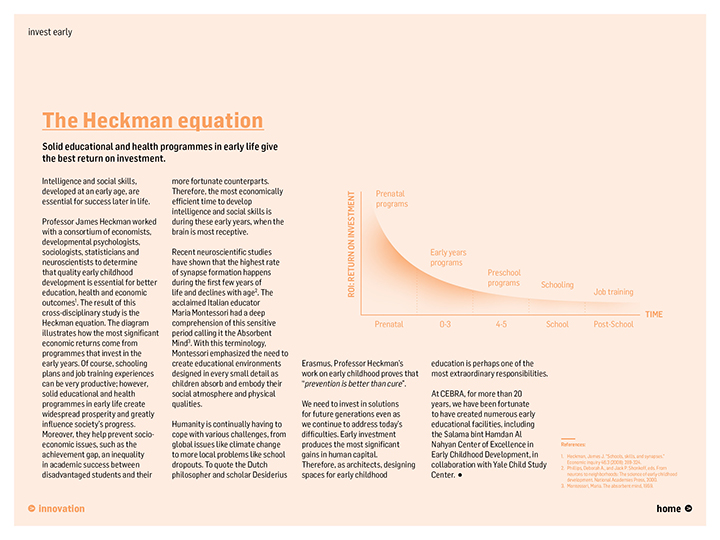Get the publication
You can get the full publication on Apple Books and on www.wise-journal.com
The WISE R&D Programme
In 2019 CEBRA initiated an ambitious R&D programme, WISE. WISE addresses and discusses the role of architecture in the pursuit of lifelong learning. The purpose of WISE is to bridge the ongoing and rapid change in the sectors of workspace and education to inform the design of buildings that stimulate learning and innovation. Moreover, WISE connects architecture with the ideas of the foremost thinkers of education and entrepreneurship, research and studies in sensory stimuli, cognitive psychology, and behaviorism.
A WISE architecture
Architectural means and qualities affect our senses to such a degree that they have a great impact on our behavior. If senses were to define architecture, learning and work environments would be characterized by a large variety of scales, materials, textures, odors, light, colors, and acoustic properties.
“The goal of WISE is to gain a direct understanding of how our senses are affected by the qualities of architecture – and to use this knowledge to enhance our ability to learn and innovate. With WISE, we will be even better at designing architecture that takes into account the complete sensory apparatus.”
Carsten Primdahl, founding partner of CEBRA
The WISE Journal
The WISE Journal is an extensive mixed-media publication resulting from the WISE R&D programme. The WISE Journal investigates the dynamic relationship between architecture, humans, and human activities in learning and work environments by bringing into conversation different disciplines and some of the world’s foremost thinkers. In addition, the publication offers its readers food for thought on how to translate this cross-disciplinary exploration into architectural practice to create intentional stimulating spaces for humans to create, collaborate and contemplate.
The WISE Journal comprises written and video interviews with some of the world’s foremost thinkers from companies such as The LEGO Group, Spotify, and Pinterest, as well as institutions like the University of Toronto, Politecnico di Milano, Design for Change, the Danish Technical University. Moreover, the publication features more than 65 essays and several case studies that search and showcase how stimulating architecture can support well-being, learning, and productivity.
Want to know more?
If you use LinkedIn, you can subscribe to our newsletter publishing one article from WISE every month
If you want to request a lecture or if you have any questions about the WISE R&D programme or The WISE Journal, please contact R&D Architect Klaudio Muca at muc@cebraarchitecture.dk

